Table of Contents
Introduction
The history of the company Moondrop is surprisingly rich given the recency of its gained popularity, from its early reputation as a premier earbud manufacturer to the topic of today’s review: the “midfi Moondrop dynamics”.
It’s important to specify the term “midfi” here as Moondrop also sells (or have sold) two budget DDs IEMs, namely the discontinued Crescent and its replacement, the Spaceship. The midfi trifecta, however, is distinguished by their over-the-ear fit and primarily-metal build, aimed squarely at the sub-$200 audiophile crowd.
I have put off the Kanas Pro and KXXS review for a while, but that seems like it was a good move given the release of the Starfields: an IEM built pretty much identically to the KXXS except in a purple-blue paintjob and a thematically-coherent blue cable. And with the two being so similar, it’s no surprise that the community got a little confused on the reason for the Starfield’s existence.
And so to kill three birds with one stone, here’s a three-way shootout of Moondrop’s most iconic IEMs: the Kanas Pro, KXXS, and Starfield.
Moondrop Kanas Pro
Product status: Discontinued
MSRP: $180
Driver configuration: single DD
This Kanas Pro was kindly provided by Shenzhenaudio.
Arguably the IEM that put Moondrop on the audiophile map, the Kanas Pro was the bassier of the two Kanas models and first of the “over-ear metal-build dynamic-driver” series of Moondrop IEMs.
I would consider the signature of the Kanas Pro to be a “well-tuned chifi V-shape”, though you could make the argument that it is close enough to the Harman target to be considered as Harman-neutral. I wouldn’t make that argument myself as my criteria for Harman-neutrality is rather high, but given Moondrop’s reputation as the Harman-target-hitter and the parrotings of many reviewers over the course of the Kanas Pro’s lifetime, it’s hard to argue against this general consensus.
Contrary to the hype at the time, I wouldn’t consider the Kanas Pro as anything revolutionary in terms of technology or price-to-performance value. It was a decent $180 IEM that you could get for $150 often, and certainly outperformed many other similarly-priced chifi IEMs at the time.
It was a good IEM that I would recommend, but just like every chifi hype train out there, it was pretty far from the claims that many reviewers bestowed upon it.
Moondrop KXXS
For non-audio opinions, refer to my unboxing post
Product page: https://hifigo.com/products/moondrop-kxxs-kpe-upgrade-version-dynamic-in-ear-headphones
MSRP: $190
Driver configuration: single DD
This KXXS was kindly provided by Linsoul (currently not carrying Moondrop products).
The sequel to the Kanas Pro, the KXXS comes with some other significant changes outside of the aural.
First, the shell design changed slightly to be a bit more facted, which is a great choice from an aethestic viewpoint. Second, it also heralded the beginning of Moondrop’s now infamous “anime-style marketing”, making use of an anime girl as the product’s mascot which is a trait that many now identify Moondrop with.
Back to the sound, the KXXS is simply the refinement of the Kanas Pro. The signature is now slightly closer to the Harman target (to the point where I may consider it as Harman-neutral) and the transients are tightened up. And for $190 it was almost a default recommendation for many in the sub-$200 camp, given its premium build and safe tuning.
Moondrop Starfield
For non-audio opinions, refer to my unboxing post
Product page: https://hifigo.com/products/moondrop-starfield-carbon-nanotube-diaphragm-dynamic-earphone
MSRP: $110
Driver configuration: single DD
This Starfield was kindly provided by HiFiGo.
At first glance, the Starfield seems like a budget downgrade to the KXXS. The premium packaging of its predecessor was scrapped in favour of a minimalist and efficient box containing nothing but the bare essentials, and the shiny metal exterior now covered in a blue-purple coating that has its fair share of complaints regarding chips and scratches.
But in return, the Starfields came at a whopping 40+% discount over the KXXS, placing it at new price bracket entirely.
Now the big question is, even if the Starfield is a budget downgrade from the KXXS from a build standpoint, is it also the case for its sound?
The Shootout
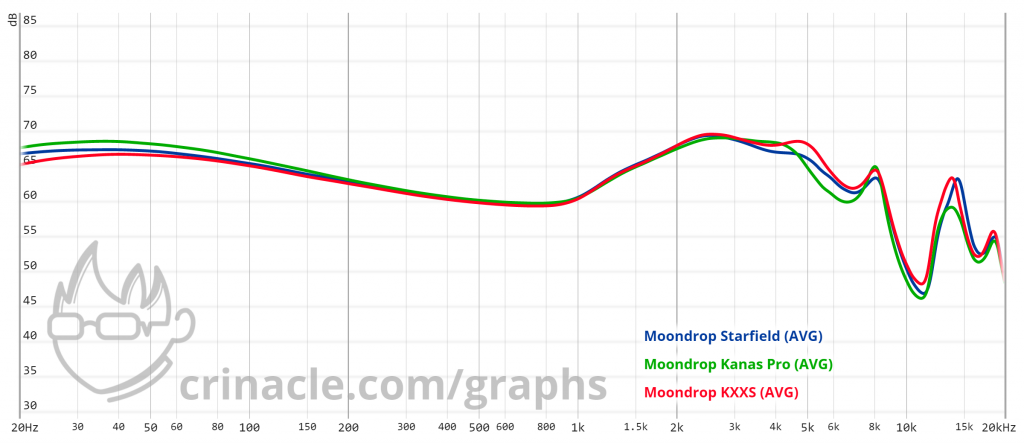
Comparison courtesy of the Graph Comparison Tool
It’s somewhat common knowledge by now that you’d be splitting hairs comparing the Kanas Pro, KXXS and Starfield given that they are, more likely than not, using the same drivers. With the sonic differences only manifesting due to the slightly different tunings created by the housing and/or dampening material within the sound enclosure.
Post-publish edit: Moondrop has reached out to clarify that the Kanas Pro and the KXXS share similar diaphragms but not the same driver design, while the Starfield shares a similar driver design to the KXXS but uses a different diaphragm altogether.
That said, it’s only in direct A-B(-C) comparison that I’ve managed to isolate the relative differences (or lack thereof) between the three. First, the Kanas Pro was audibly the worst amongst them, sporting the most blunted transients and therefore the lowest resolution by a small margin. Though I feel like I have to put up a reminder that the word “worst” used here is in a relative context, and the Kanas Pro is by no means a bad IEM.
The Kanas Pro is also the warmest of the three, most probably due to the extra bass combined with lower presence past 5kHz. Whether this is also the root cause of the lower perceived resolution is not for me to say, but there may be a relation here.
The big head-scratcher would be between the KXXS and the Starfield. There are differences mind you, for instance the KXXS is a tad more upper-midrange-forward and thus just a hair shoutier as a result. But at the end of the day, the differences simply aren’t as significant as with the Kanas Pro and so I’d consider the two as “functionally identical”.
Yes, you heard that right. The $190 KXXS is basically the same sound-wise to the $110 Starfield.
Conclusion
I would consider the progression of Moondrop’s midrange lineup as the refinement and evolution of what is essentially the same product. It began with the Kanas (Pro), refined as the KXXS and then made cheaper with the Starfield.
However, it is because of this similarity that I cannot, in good faith, recommend the KXXS in the presence of the Starfield. The Starfield’s own value proposition has essentially made the KXXS obsolete, but I doubt anyone (apart from existing KXXS owners) is complaining about that.
Moondrop Kanas Pro
Grade: B
The Kanas Pro is not eligible for a star rating due to its discontinued status.
Moondrop KXXS
Grade: B ★
More info on the “Stars à la Cenric” award system
Moondrop Starfield
Grade: B ★★
More info on the “Stars à la Cenric” award system
Support me on Patreon to get access to tentative ranks, the exclusive “Clubhouse” Discord server and/or access to the Premium Graph Comparison Tool! My usual thanks to all my current supporters and shoutouts to my big money boys:
“McMadface”
“Desertscrub”
Denis
Nicholas
Alexander
“Galactus”
Andrew
And a new Industry Standard Bloke, Kurt! Thank you so much for your generosity.

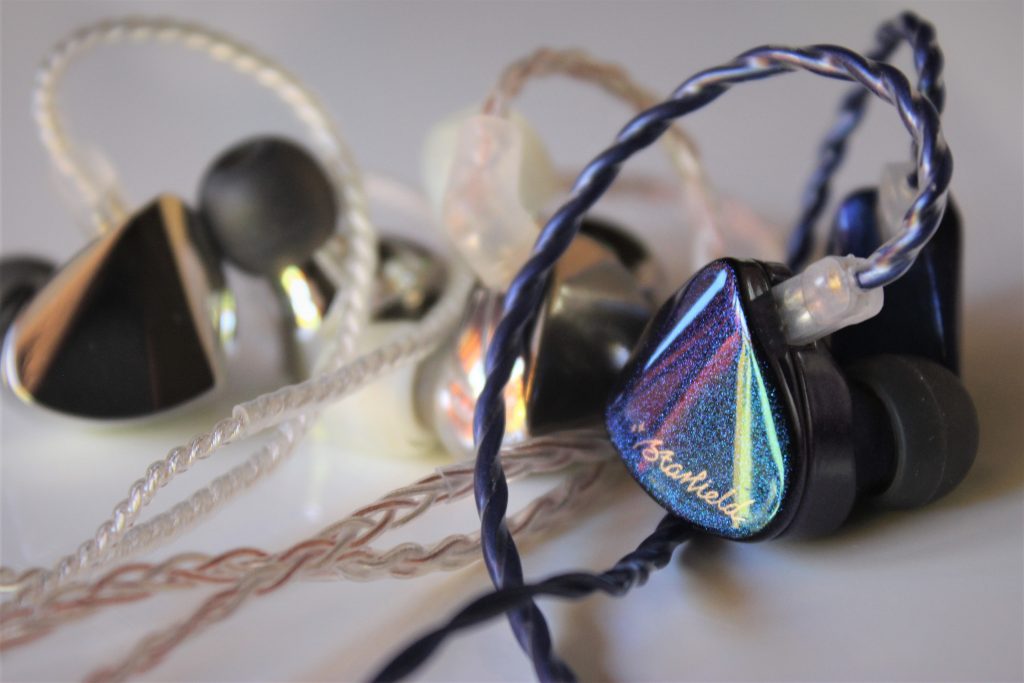


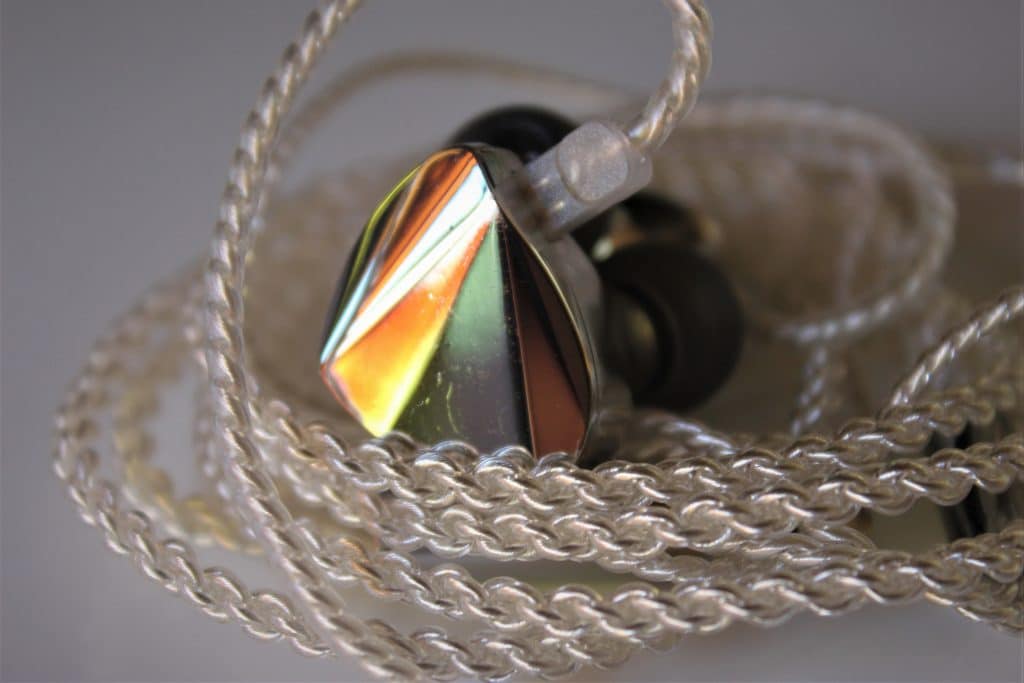
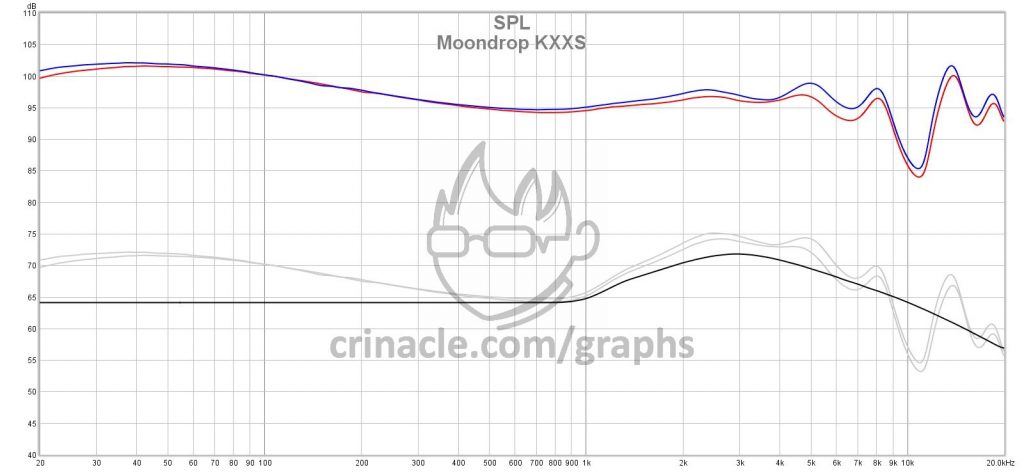

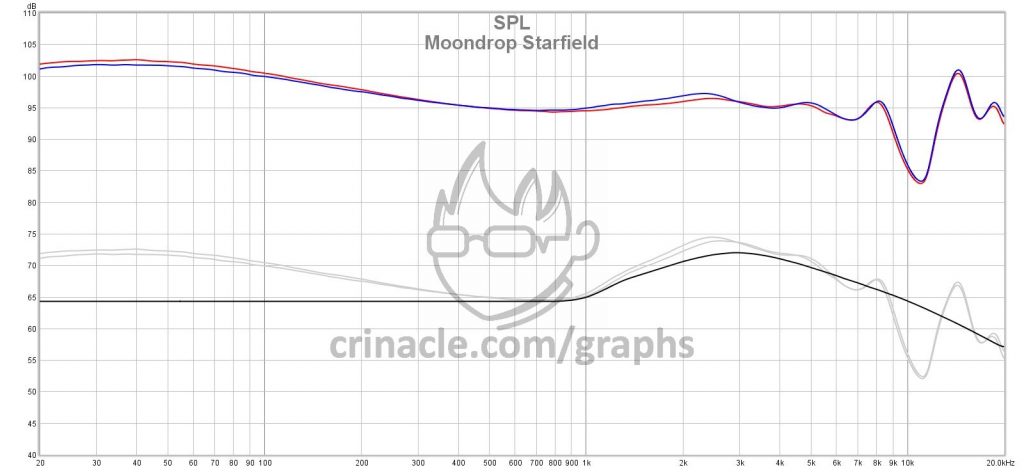

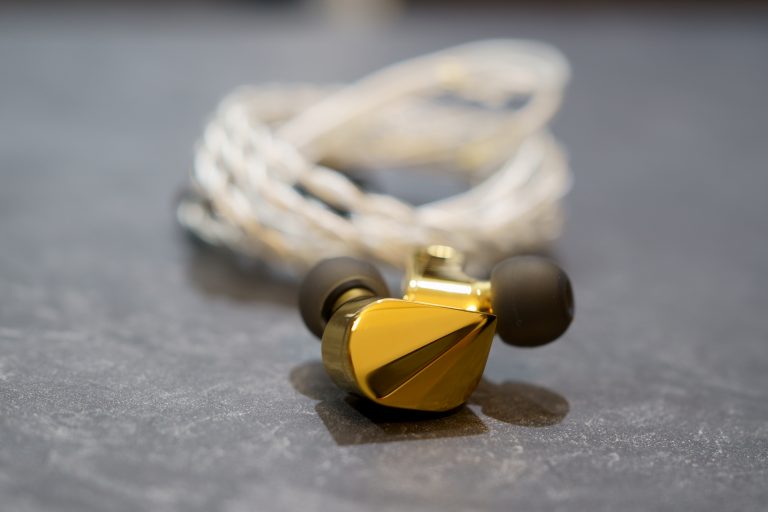

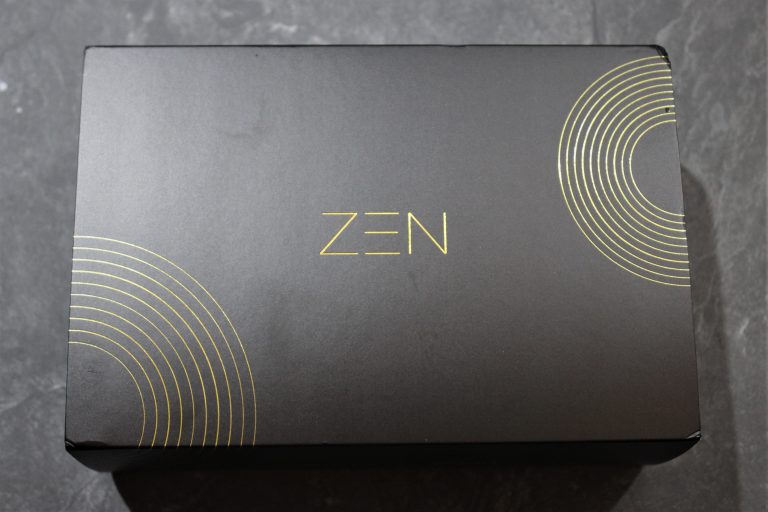
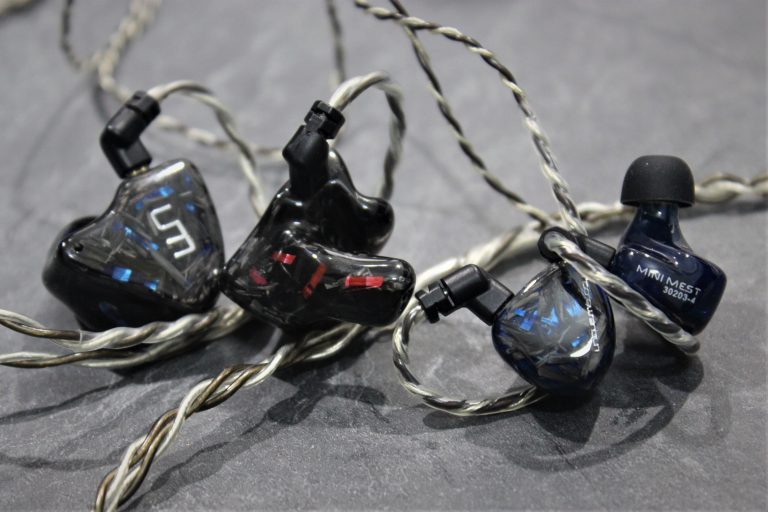
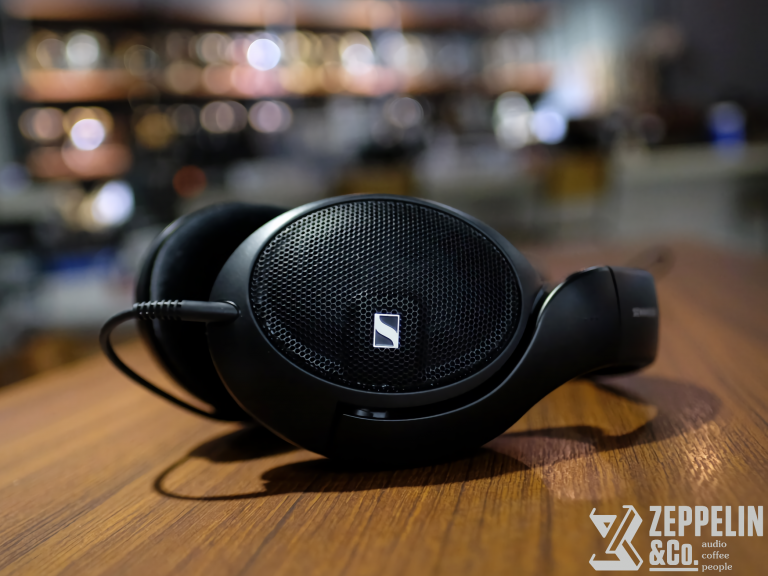
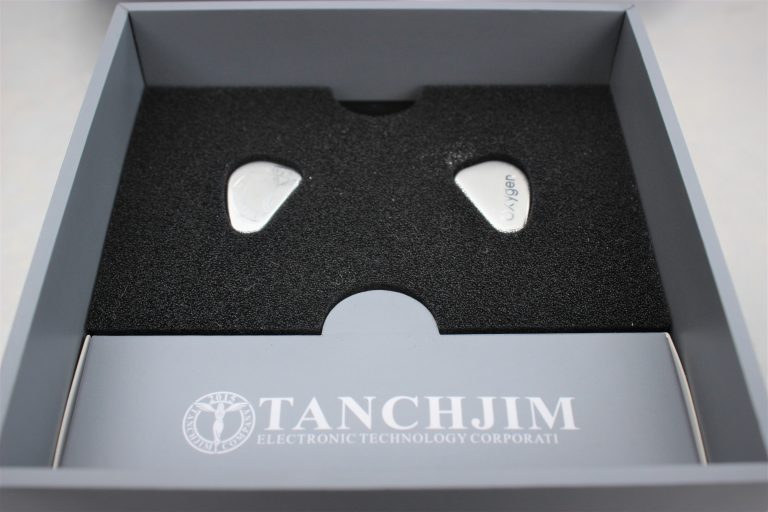

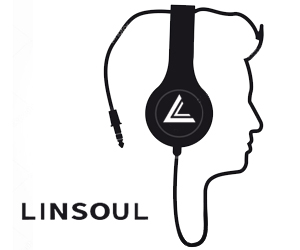
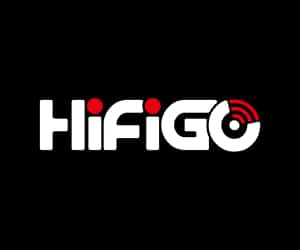
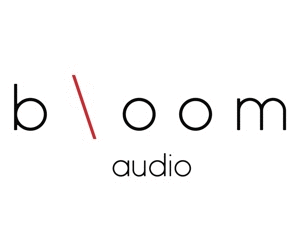
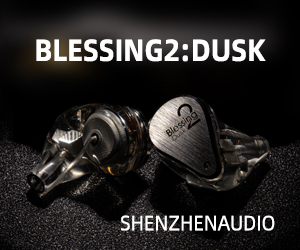
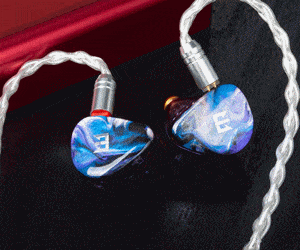

22 thoughts on “The Midfi Moondrop Shootout: Kanas Pro vs KXXS vs Starfield”
Nice, Will you also review the Moondrop Blessing 2?
I am super curious about the Blessing 2 too.
Me too
And ISN H40
The Starfield is just like a KXXS but nail-polished buy my girlfriend LOL…
Ist it the better buy just soundwise compared to the lypertek tevi for around 100 $ ?
What wire you are using pure silver oxygen free
I had the KXXs. It was great, but it was so… BASIC. BASIC is not bad, its serviceable, I think I realized I might have issues with the Harman target.
I think the biggest difference between them is the warranty period and the box.
What would you go for – starfield or er2? (Classical and jazz)
I find my KP pretty boring, so I will def pass on the Starfield. My Legacy 3 came in recently; I find the bass excessively strong & uncomfortable on the ears, so I am trying to figure out what would have more breathable bass and spaciousness.
Just a quick fyi, ‘faceted’ is misspelled as ‘facted’ in the KXXS portion
Can we get an updated review that compares all of these similar IEMS along with the newest iteration, the Arias?
I’ve had the moondrop starlight as my 1st iem. Have had mx50, audio tech. Msr7bgm, be&o play6, and pairing these iems ti a good fiio device 9(m11ltd) or even an iPad Pro,,,,,,
Absolutely love them, especially with all my old mp3s converted to flac..
Buy soundgarden Black hole sun @ 8400kbps, and marvel @ the difference!
I want to know your take on Hzsound Heart Mirror heheh